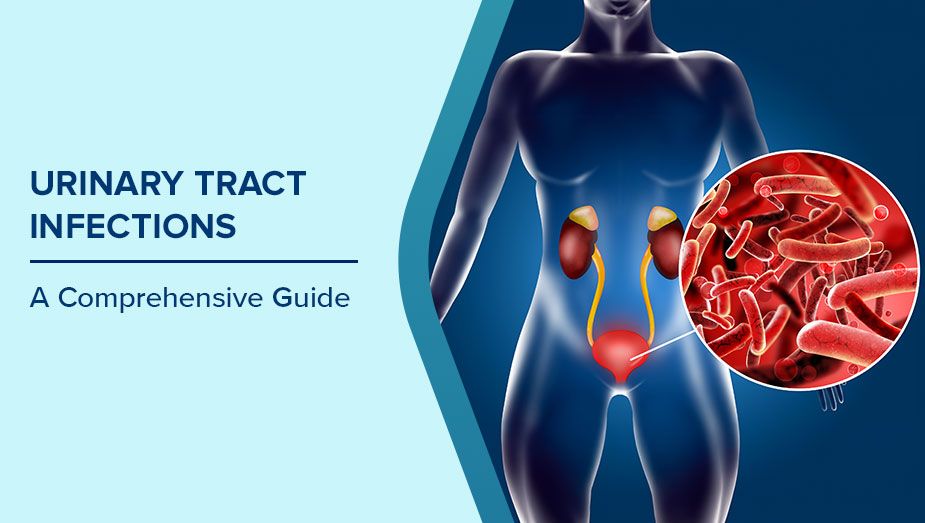Road safety is one of the most crucial topics anyone who owns and operates a truck or a fleet of trucks can discuss. After all, whether or not you take certain precautions, you could affect other drivers, passengers, and pedestrians. In fact, there are several safety procedures in place that can prevent a large number of accidents and injuries.
Whether you looked for used freightliner semi trucks for sale to build your fleet, or you went with new trucks, there are still precautions and safety tips to keep in mind. Here are the most important ones. Defensive driving course in New Jersey is when you’re constantly keeping an eye out for potential hazards, or any changes in road conditions.
Table of Contents
Wear Your Seat Belt
This is the most crucial tip, if we’re going to be honest, and drivers shouldn’t need a reminder. But sometimes, all it takes is a moment thinking of the delivery deadline or focusing on a relatively shorter drive, and you could decide you can do without buckling up.
That couldn’t be further from the truth. No matter how far you’re driving, even if you’re chasing a deadline, you need to wear your seat belt; it’s there for a reason, after all. In the worst-case scenario, you will get into an accident, and then you’ll have to try and find a way to minimize the damage. You can only do this if you’re still in the truck’s cab, keeping your hands on the wheel to steer the truck towards a spot where there are as few people as possible or keep it from fishtailing, and using the brakes to bring the truck to a stop.
Follow the speed limits
Speed limits are in place for very good reason, especially if you’re driving a bigger and therefore heavier vehicle. The faster you’re going, the harder it will be for you to stop, and whenever you have difficulty stopping, that’s an accident waiting to happen.
Following speed limits also means it will be easier for you to slow down if you find yourself in construction zones, where speed limits are lower. Not only will you avoid getting hit with a fine for speeding in that zone, but you’ll also be able to maneuver better, avoiding both people and potential obstacles.
Inspect the truck
Checking the rig you’re driving before you head out is always good practice, because you’ll be able to spot potential problems. You’ll also be able to tell if the brakes are in good working condition, because if they aren’t, you’re going to find it that much harder to prevent an accident. There won’t always be a convenient ramp or emergency bay you can pull into if your brakes decide to stop working, so check them before you leave, and if you do run into problems on the road, at least you’re not worrying about your brakes.
Get enough rest
Coffee and energy drinks can only do so much to keep you alert while you’re driving, and even then there’s the danger of you falling asleep for brief moments without your eyes closing. You may fall asleep for less than a second, but it could still mean the difference between successfully avoiding an obstacle and being unable to move in time to prevent a collision.
So make sure you plan your day while keeping when you’ll have to drive in time, and if you feel drowsy when you’re on the road, don’t hesitate to find a place to pull over and take a nap. It’s better to be a few minutes late to your destination than to risk driving while not well rested.
Avoid drugs and alcohol
This may be obvious, but drinking and driving will never mix, so make sure to stay away from alcohol if you have to drive in a few hours. Remind any other fleet drivers you work with to do the same. The same can be said for taking drugs, especially those that can impair you in some way or make it difficult for you to judge a situation properly and react accordingly.
It’s not just the illegal drugs you should watch out for, either. Certain over-the-counter and prescription medications make you drowsy, so if you’ve taken something and you know drowsiness is one of the side effects, avoid getting on the road until after the effect has dissipated. Don’t rely on energy drinks, either. They may make you really alert and you may feel awake, but once the buzz from the caffeine in those drinks wears off, you’re likely to be too exhausted to be able to drive safely.
Know your blind spots
A blind spot is any area around a vehicle, regardless of size, that the driver can’t directly see, or has difficulty seeing. This is particularly true when driving big trucks, as being high off the ground can make it hard to see smaller vehicles behind the truck; even those next to the truck can be difficult to spot unless the driver moves to look over their shoulder or out the window.
So pinpoint your truck’s blind spots and remember what extra precautions to take, such as leaving plenty of room around the vehicle when merging or changing lanes.
Practice defensive driving
Defensive driving is when you’re constantly keeping an eye out for potential hazards, or any changes in road conditions. This is so you can anticipate situations that are potentially dangerous and react accordingly. This includes leaving enough space between you and the vehicle in front, sticking to the speed limits, remembering to signal every time, and slowing down as the first reaction to any changes in road conditions like a drop in visibility or strong winds.
Avoid aggressive drivers
Speaking of defensive driving, it’s important that you stay as far as possible from people whose driving and actions are aggressive in any way. Even if you really want to, avoid intervening in road rage situations unless you can keep your distance, since antagonizing aggressive drivers will often make things worse. Instead, use your phone to call the highway patrol or the police and see what they can do to help.
These are just a few of the precautionary measures you can take when on the road, but they’re the ones that can make the biggest difference in your ability to keep yourself and others safe. So besides making sure you don’t forget your truck’s maintenance, and inspecting the vehicle before and after each trip, keep the above in mind and you won’t have to worry about getting involved in road accidents while you’re out.








